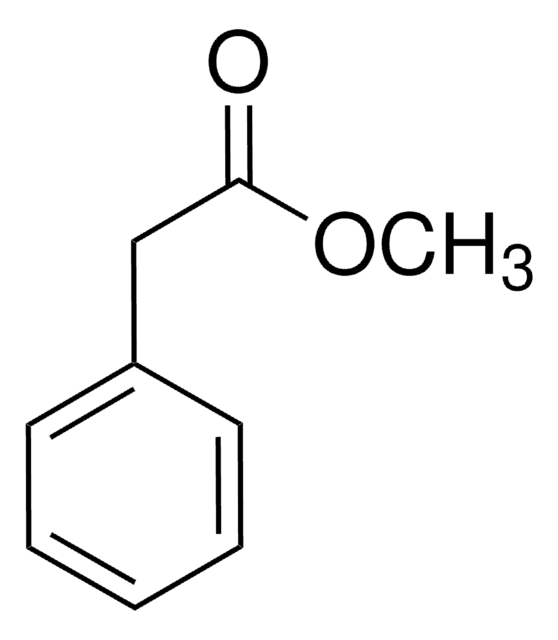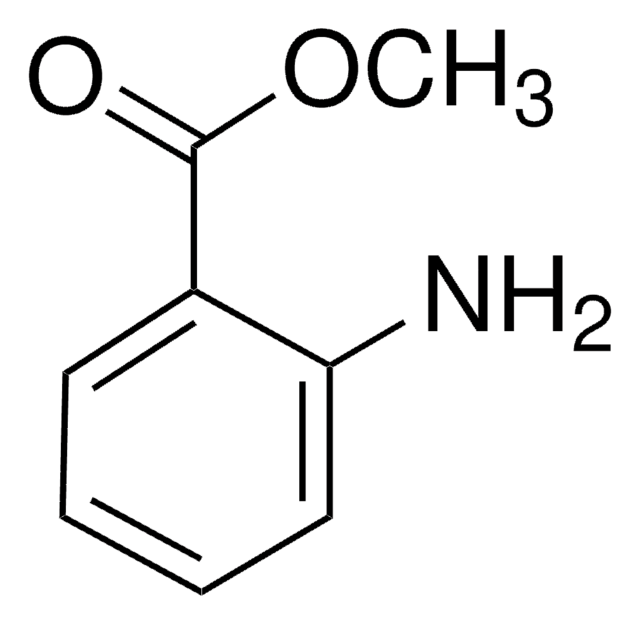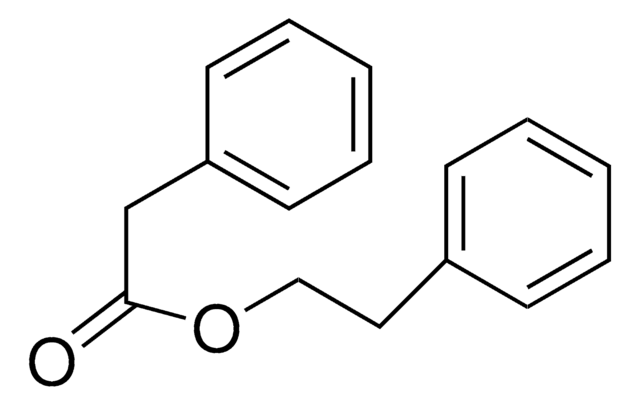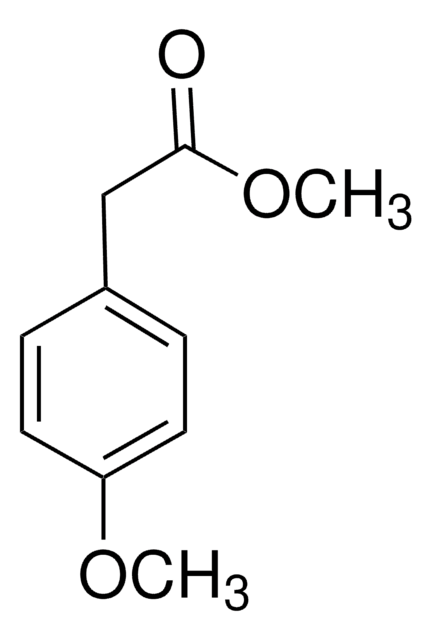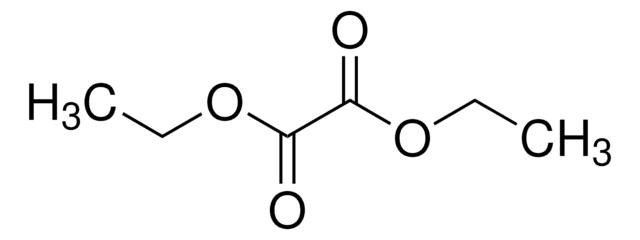About This Item
Recommended Products
Quality Level
product line
ReagentPlus®
assay
99%
refractive index
n20/D 1.497 (lit.)
bp
229 °C (lit.)
density
1.03 g/mL at 25 °C (lit.)
functional group
ester
phenyl
SMILES string
CCOC(=O)Cc1ccccc1
InChI
1S/C10H12O2/c1-2-12-10(11)8-9-6-4-3-5-7-9/h3-7H,2,8H2,1H3
InChI key
DULCUDSUACXJJC-UHFFFAOYSA-N
Looking for similar products? Visit Product Comparison Guide
Related Categories
General description
Application
Legal Information
Not finding the right product?
Try our Product Selector Tool.
Storage Class
10 - Combustible liquids
wgk_germany
WGK 2
flash_point_f
210.0 °F - closed cup
flash_point_c
98.9 °C - closed cup
ppe
Eyeshields, Gloves, multi-purpose combination respirator cartridge (US)
Choose from one of the most recent versions:
Already Own This Product?
Find documentation for the products that you have recently purchased in the Document Library.
Customers Also Viewed
Our team of scientists has experience in all areas of research including Life Science, Material Science, Chemical Synthesis, Chromatography, Analytical and many others.
Contact Technical Service
